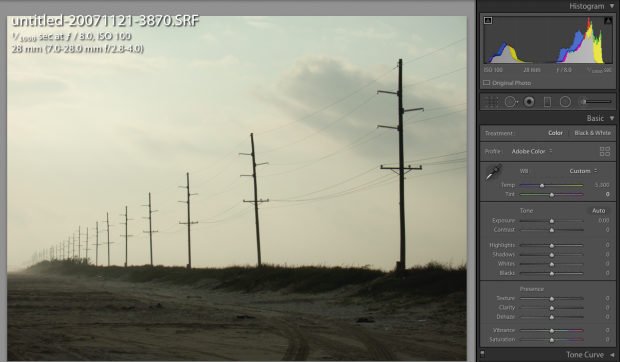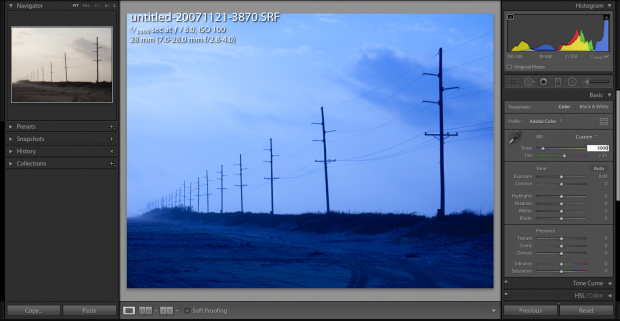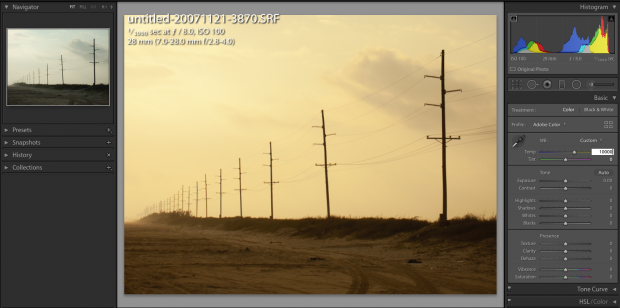When making color photographs with our cameras, we should remember our understanding of “white balance (WB)” and “color balance” can be used to make impactful photographs.
The Kelvin Scale
The Kelvin scale describes the color of an illuminating light source and goes from red to blue. The lower the Kelvin number, the redder the light source; the higher the Kelvin temperature, the bluer the light source. We describe red light as “warm” and blue light as “cool.” additionally, the terms color temperature and Kelvin temperature are interchangeable.
White Balance
WB settings are usually available on digital cameras. There is usually an automatic setting (AWB) in addition to WB settings associated with the color of a transmitting light source. On many digital cameras, the Tungsten setting is at the lower end of the and is approximately 3200 K, while the shade setting is at the higher end and is approximately 10,000 K. The other WB settings fall somewhere in between those numbers. When you pick a WB setting on your camera, you are setting your camera to record a specific color temperature/Kelvin temperature. If you keep the white balance setting on AWB, the camera’s algorithm will pick the white balance setting.
Color Balance
Color balance is a characteristic of the film. There are usually three types of film when it comes to color balance. There are two tungsten-balanced films rated at 3200 K or 3400 K and a daylight-balanced film rated at approximately 5200 K.
Three Outcomes Using White Balance and Color Balance
There are only three possible scenarios regarding WB and color balance.
First, we can pick a WB or color balance so that white appears as white. In this case, the WB camera setting or the film’s color balance equals the light source’s color temperature.

Next, we can pick a WB or color balance so that white shifts toward blue. In this case, the WB camera setting or the film’s color balance is less than the light source’s temperature.

And third, we can pick a WB or color balance so that white shifts toward red. In this case, the WB camera setting or the film’s color balance is greater than the light source’s temperature.

Psychological Impact of Color
A whole branch of color psychology describes how the color of light affects us. More than just a visual experience, color affects our reactions, moods wants, etc. When we learn to use color thoughtfully we bring a powerful compositional element into our work. And besides being thoughtful about the color of the reflective light sources that we see, when we learn to use our white balance and color balance with intent, we can begin to use the color of the transmitting light to bring the power of color psychology into our work.
Be a Better Photographer!
Study and practice photography with Sam.
|
|
|
Study And Practice Photography With Sam
https://samdamico.com/photography-classes-photography-courses/
Purchase Photographs As Wall Decor
https://samdamico.com/buy-fine-art-photography-as-wall-decor/
License The Use Of An Image For Commercial Or Editorial Use
https://samdamico.com/rights-managed-stock-photography/
See Sam’s Photographs
https://photographs.samdamico.com


